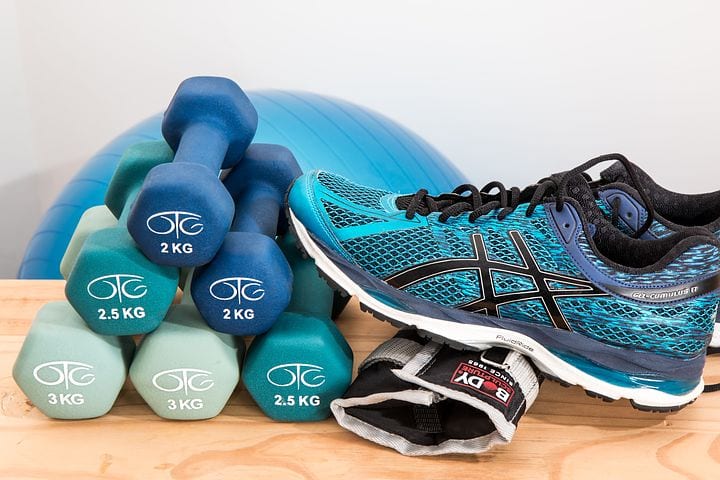As each New Year arrives, gyms and other fitness institutions are jam-packed with new wellness hopefuls who wish to maintain a healthier weight or other fitness-related goal. After the first few weeks of January go by, the gyms are left bare again as many give up those goals after realizing the time and dedication some of these fitness programs require. According to U.S. News & World Report, nearly 80 percent of New Year’s resolutions, fail. People tend to want fast results with minimal exertion or experience on their part, which is not always possible. As such, a new fitness trend, 30-Day Challenges, have become mainstream.
There are countless apps, magazines and other outlets that are advocating for this new fitness regime. There are many pros and cons to this type of workout regime but when you look at it in a general perspective, 30-Day Challenges are a great stepping stone to achieving a healthier life.
Pros
30-Day Challenges were created for the workaholic, which fits the category that most college students fall under. It might be hard finding time in our busy schedules to head down to the RecPlex for a group class, or find time to do an extra activity at all. According to Freestyle Fitness, challenges “set a realistic timeframe that doesn’t overwhelm, it motivates.” Challenges push you to try something to benefit your health without the pressure of adding it to your to-do list.
A lot of these challenges are not only “challenging” but are also entertaining. It’s always great to test your abilities and it’s fun to see how much you can accomplish in such a short amount of time. They can be great motivators for your mental as well as physical strength.
Most of these challenges are built to work on all of the muscular groups at different days of the week with built-in rest days to keep your body in prime working condition. This keeps people from getting bored of their workouts since there are variations in activity every day, and time to recover from the more intense workouts. If someone wants to work on a specific muscle group to “bulk up,” there are also challenges created to meet those individual needs. If you don’t know where to start, the most popular specialized challenges you can find are for abs, glutes and arms.
Gym environments are notorious for making people nervous and shy in front of others. Constantly being in the public eye while you struggle to lift a weight can be intense for some people, but these exercises diminish that fear. You have a preselected work out that often shows you the exact steps you need to take to prevent injury and public embarrassment. Another complaint at the gym is that people feel that they aren’t advanced enough to work out. This is totally inaccurate and the challenges address that fear, too. Most challenges are set for your standards, with most of them offering beginner sections and easier manipulations in the first week and then prepare you for the more difficult activities.
Cons
The one major con to this trend is you will not always get the results you want. Most of these challenges are built for the general population and not all of us fit those specifications. The intensity of one work out might be too high for one individual and low for another. That is where personal adjustments must be created to ensure that you are working out and strengthening your body in the safest way possible. Even though it is a challenge, it’s important to do what you are capable of and not force your body to accomplish something it’s not ready to do since it may cause serious injury.
These challenges are often advertised by mass media to be all-encompassing and promise for desired results, but this isn’t always true. It’s important to remember that diet and exercise go hand-in-hand and you must maintain a diet of healthy foods to ensure that the workouts are benefiting your body in the best possible way. These challenges might advertise drastic results, but you can’t expect your body to change overnight. However, that doesn’t mean you can’t get the ball rolling with a challenge to push yourself to reach a goal.
“These challenges should jump start you into making realistic dietary and fitness changes you can stick with long term,” said Erin Palinski Wade, registered dietician, on everup.com.
Overall these challenges may prove to be ideal when tackling New Year resolutions. They can open up the doors to a healthy new year and challenge you to push yourself; both being quintessential tasks for improving your quality of life. But, just like anything else in this day and age, you need to approach it carefully, safely and follow guidelines to sustain the effectiveness of the challenge.


